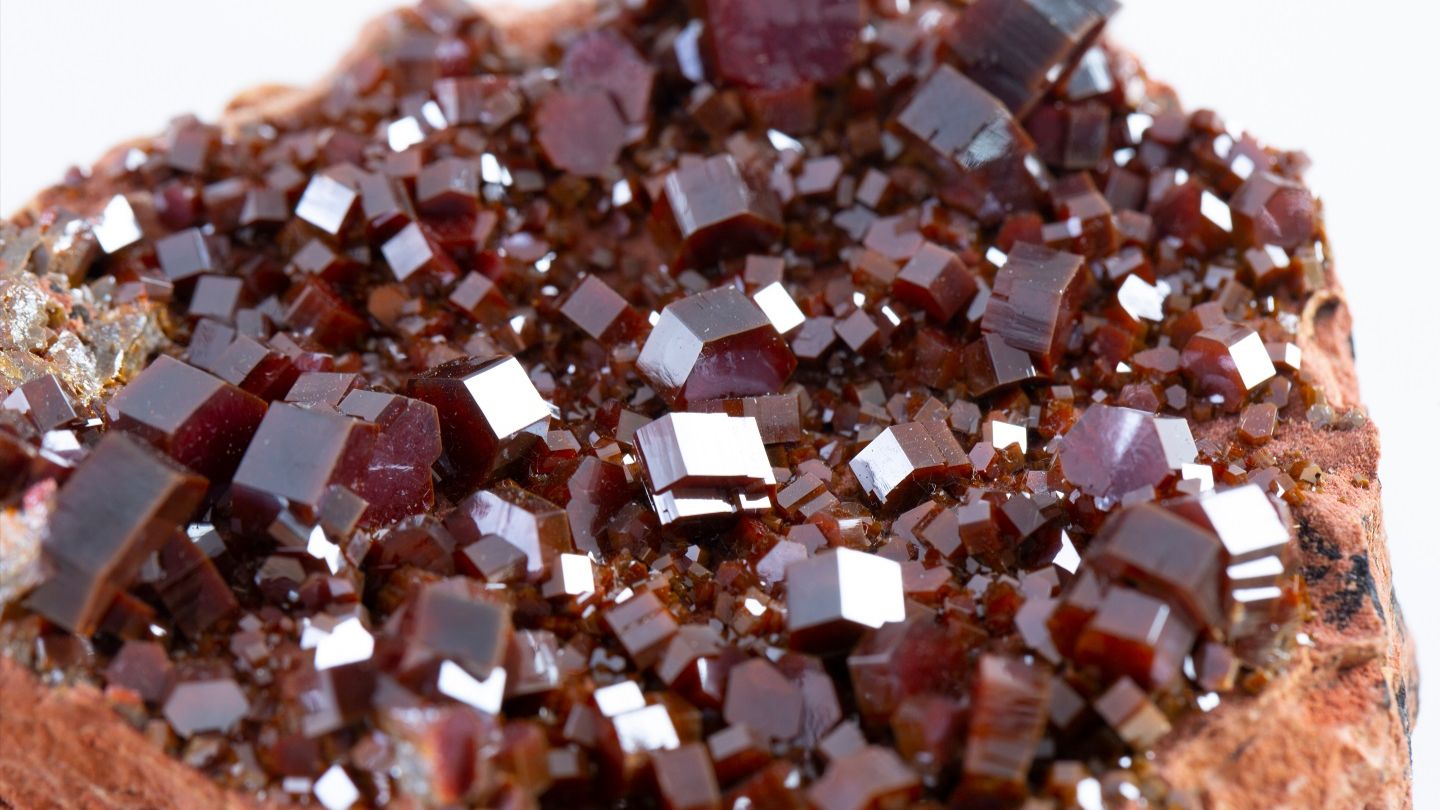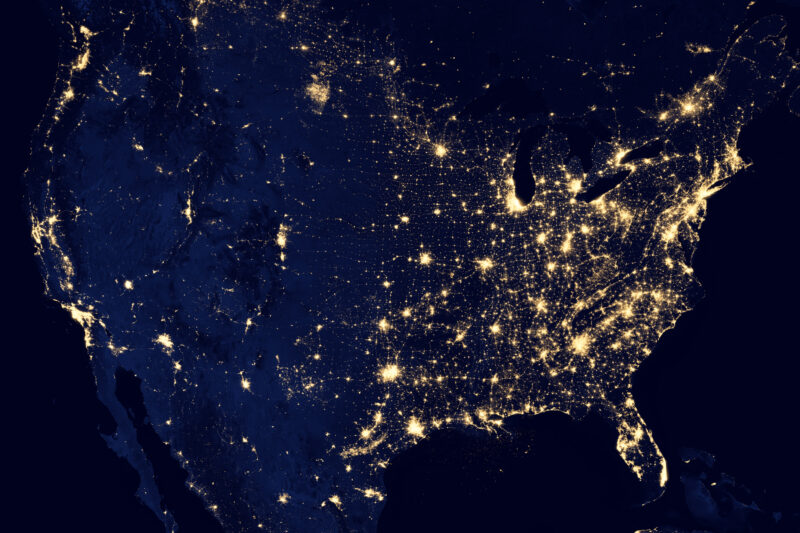Sign up for daily news updates from CleanTechnica on email. Or follow us on Google News!
The solar revolution has stalled out in some parts of the US, much to the delight of fossil energy stakeholders. However, anything can happen at any time, and it just has. The US power landscape is about to be shaken up to the tune of 4.5 gigawatts’ worth of new solar energy generation and storage projects over the next five years, and three of the most asleep-at-the-solar-wheel states in the nation stand stand to get jarred awake by the sudden influx of investments in clean power.
3 US States In Need Of A Solar Energy Makeover
The leading energy firms Entergy and NextEra Energy Resources announced the new 4.5-gigawatt collaboration last week, to cover solar energy and storage projects in Arkansas, Louisiana, Mississippi, and Texas, where Entergy is the electricity provider for a total of 3 million customers.
NextEra president and CEO Rebecca Kujawa noted that her company and Entergy also have an additional 1.7 gigawatts’ worth of projects already in the pipeline. That puts Entergy in a good position to meet its renewable energy goal of almost 9 gigawatts by 2031.
Of the four states, Arkansas, Louisiana, and Mississippi have been lagging far behind many others for installed solar capacity. As of Q1 2024, Arkansas ranked 27th, Louisiana ranked 36th, and Mississippi ranked 37th in the widely cited list kept by the Solar Energy Industries Association.*
Texas is the outlier. Despite its red-state reputation, Texas has established a vigorous track record on solar projects as well as wind and energy storage. Its Q1 ranking is #2 with 32,142 megawatts of installed solar capacity, second only to California at 48,482 megawatts.
Another way to look at the solar energy picture, though, is the percentage it claims for total energy generation in each state. According to SEIA, California’s Q1 position on that score was 28.8%, while Texas only clocked 6.26%. That’s pretty unimpressive, but not nearly as low as Mississippi (.97%) and Louisiana (.70%). Going by that low bar, Arkansas did reasonably well at 2.26%, but that’s still pretty dismal.
4 Rich Environments For Solar Energy Development
Going by the percentages, the state of solar energy affairs in all four states targeted by Entergy and Nextera is not particularly optimal. Nevertheless, Kujawa is undaunted.
“We believe the power sector is at an inflection point, and growing electricity demand will be met by low-cost, renewable generation and storage,” she asserts.
One reason for optimism is the state of regulatory affairs in all Arkansas, Louisiana, Mississippi, and Texas. Earlier this year, USA Today raised the alarm over a spate of new county-based restrictions on large-scale wind and solar projects across the US. The reporting team found a few limitations among the four targeted states, but they did find some good potential for growing the solar energy industry in all four.
No word yet on how Entergy and Nextera plan to allocate the clean kilowatts, so for now let just take a closer look at the whole group.
For Arkansas, USA Today cited data from a solar energy potential analysis undertaken by the National Renewable Energy Laboratory, based on hours of available sunlight. USA Today noted that there are only two utility -scale solar farms in the state, even though it hit the #11 slot in NREL’s ranking of solar power potential.
Arkansas has not established an official renewable energy goal but Entergy is already making its mark on the state. Both of those two solar farms, the 10-megawatt Searcy project and the 100-megawatt Chicot project, come under the Entergy umbrella. Entergy’s new Driver project is under way with an even more ambitious capacity of 250 megawatts.
More Solar Energy For Louisiana
Louisiana is another state with “good access to solar” as described by USA Today, though the news organization found that 3.1% of the state’s 64 parishes have established “significant impediments” to solar development. That’s going to make it awkward for state policymakers looking to meet Louisiana’s rather modest renewable electricity goal of 80% by 2050, but things are already humming along with an assist from solar developer bp Lightsource.
The company’s 345-megawatt Oxbow solar project near Baton Rouge (formerly named Ventress) is in the final stages of construction, adding a hefty new chunk of solar energy capacity to the state’s current roster of just 617 megawatts.
Oxbow is significant not only on account of its size, but also in terms of the persistence of renewable energy investors, who are apparently not put off by the stinkeye that some state officials have cast on ESG (environment, social, governance) investing principles. In a press statement back in 2022, bp Lightsource noted that Oxbow is the highlight of a $533 financing package totaling 450 megawatts.
Lightsource bp credits the financial powerhouses HSBC Bank USA, ING Capital LLC, Intesa Sanpaolo S.p.A., NatWest, Societe Generale, and Standard Chartered Bank with supporting the Oxbow project in particular, and ESG principles in general.
“Intesa Sanpaolo is recognized as one of the most sustainable banks in the world and is committed to becoming a reference model in terms of sustainability and social and cultural responsibility,” bp Lightsource notes (see lots more ESG stories here).
Clean kilowatts from Oxbow have already been claimed by McDonald’s Corporation and eBay. In addition, McDonald’s has been pitching the project as a model for other high profile brands to follow.
“This unique partnership between Lightsource bp, eBay and McDonald’s is an example of how large brands can come together to drive meaningful impact at a local level,” explained Emma Cox, who leads the Global Renewable Energy team at McDonald’s.
The Green Hydrogen Connection
Of course, no mention of solar energy would be complete without a mention of green hydrogen, which refers to hydrogen sourced from renewable resources instead of fossil fuels. Currently much of the investment activity centers on pushing hydrogen from water with electricity supplied by wind or solar energy.
The green hydrogen angle could play a significant role in the solar energy profile of Mississippi, where the Mississippi Clean Hydrogen Hub consortium is planning to leverage underground storage caverns, transportation networks and other assets — including wind and solar resources — in both Mississippi and Louisiana to produce green hydrogen on a massive scale.
As described by project leader HyStor, plans for the electrolysis operation include dedicated off-grid wind and solar projects.
It remains to be seen where and how HyStor expects to get its hands on either wind or solar energy in Mississippi, but that may be easier than it looks. The state had only 577 megawatts in installed solar capacity as of Q1 and SEIA anticipates another 2,521 megawatts over the next five years.
That will be partly thanks to Entergy’s Mississippi branch, which USA Today notes has set a renewable energy goal of almost 33% by 2027.
As for Texas, the state’s longstanding leadership in the US wind industry has been grabbing most of the attention, but its solar industry is also coming on strong. That includes innovative solutions like a new concentrating solar system for industrial use, so keep an eye out for more where that came from.
Photo (cropped): Entergy’s Chicot Solar Energy Center in Chicot County (courtesy of Entergy).
Follow me @tinamcasey on Bluesky, Threads, Instagram, and LinkedIn.
*SEIA data is cited throughout this piece, except where noted. It can be accessed at this link for all 50 states.
Have a tip for CleanTechnica? Want to advertise? Want to suggest a guest for our CleanTech Talk podcast? Contact us here.
Latest CleanTechnica.TV Videos
CleanTechnica uses affiliate links. See our policy here.





